Search
Industrial and manufacturing companies are the biggest users of Combined Heat and Power (CHP) by capacity in the UK and Ireland. The uptake of industrial CHP has been driven primarily by the huge financial cost savings available to energy-intensive business sites.
The latest energy statistics show that oil and gas and chemicals, along with food manufacturing and ‘other’ industrial users, account for more than 68% of CHP capacity in the UK.
For industrial sites with a high heating or cooling demand, CHP is considered the most fuel-efficient process to deliver energy cost savings due to its exceptional high efficiency. CHP can provide a cleaner, more cost-effective solution to using boilers to generate steam - helping industry to decarbonise heat and improve site resilience.
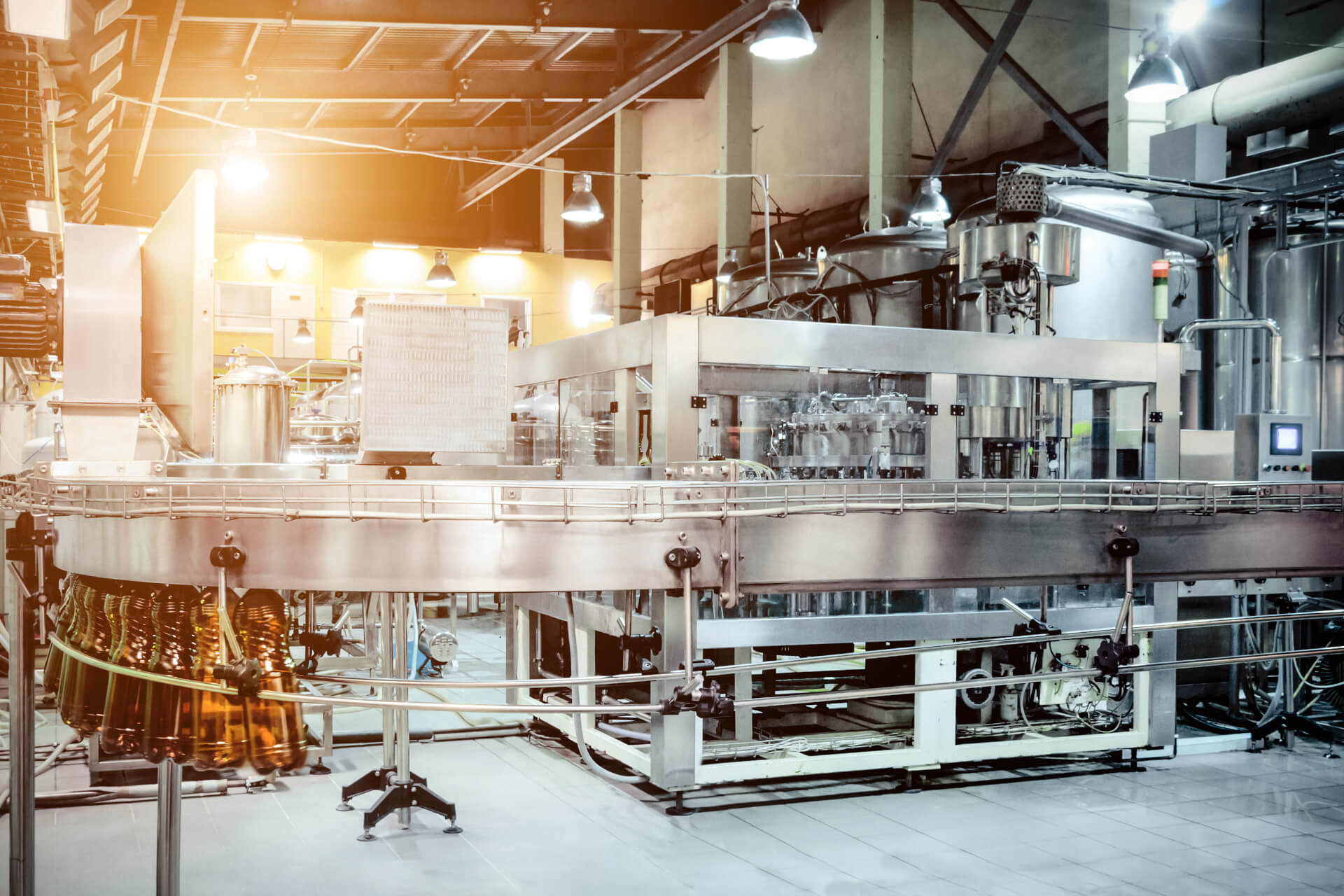
Cost savings on power, heating and cooling
Reduced carbon emissions compared to conventional power production and onsite boilers
Payback within 2-5 years
Greater operational resilience and security of power supply
High electrical and thermal efficiency of up to 90%
Cost savings can be reinvested and deployed in renewable energy technologies
Fuel flexibility - renewable, low carbon, and hydrogen ready
Recognised technology within the net-zero pathway
Also known as cogeneration, CHP plants simultaneously generate electricity and useful heat from a single fuel source. In this way, CHP is nearly twice as efficient as using electricity from the electricity grid and gas for use in boilers and can reduce operational costs by up to 30%.
CHP plants are typically embedded close to the point of use and therefore help reduce transmission and distribution losses to the site, improving the energy efficiencies within the transmission and distribution networks.
Gas engines are fueled using various low carbon and renewable gases such as biogas, syngas, biomethane and future fuels such as hydrogen, to cogenerate a sustainable source of electricity and heat.
Should there be a requirement for cooling, Cogeneration technology can be configured to supply cool water for on-site process cooling, refrigeration, or air conditioning. This process is called Combined Cooling Heat and Power (CCHP) or Trigeneration.
For industrial users that require carbon dioxide, Quadgeneration recovers the carbon dioxide from the gas engine exhaust and is scrubbed to high standards to provide high grade CO2 for use within horticulture and food processing.
Reducing energy costs is the primary driver of CHP uptake in industry and manufacturing.
Because most industrial CHP applications use low carbon pipeline gas as a fuel and because there has been a good supply of natural gas from the North Sea, Europe and the Middle East to the UK in recent years, CHP fuel costs have remained cheaper than grid supplied electricity.
One of the best ways to measure the cost benefit of CHP over grid-supplied power and heat is through the spark spread, which is the differential between the price of energy and the cost of fuel used to generate that energy.
Whilst wholesale gas prices have soared, so too have electricity prices because of their dependency on gas to produce power. As such, the price of gas has been consistently cheaper than electricity. For example, purchasing power from the grid is currently around 5 times more expensive than wholesale gas prices. This results in an exceptional return on investment - with payback times as low as two or three years on CHP units with a 15-year lifespan.

World-renowned gas engine manufacturer MWM continues to innovate, ensuring the future of Combined Heat and Power (CHP) and its critical role within the global transition towards net-zero and beyond.
As such, MWM gas engines are capable of 25% blended-hydrogen CHP solutions. MWM have significant development experience in hydrogen-fuelled internal combustion engines for more than 20 years.
As well as generating costs savings, CHP can also reduce carbon emissions due to its high efficiency, particularly in recycling and reusing the heat that is wasted in conventional generation. Of course, when renewable fuels, such as biogas, syngas, biomethane and hydrogen are used for Cogeneration, the carbon savings are all the greater.
Due to its exceptional efficiency a low carbon natural gas CHP system can complement other low and zero carbon measures to help organisations work towards their net-zero ambitions. Some companies re-invest the cost savings from CHP into new renewable technologies as part of their ongoing sustainable commitments.
CHP has very high uptime relative to other types of on-site power generation, with more than 97% availability in most cases.
Sites with a reliable gas supply can enjoy a stable supply of power, heat and, if necessary, steam to keep operations running smoothly.
Although most industrial CHP units operate in parallel to the grid, CHP systems can be configured for Island Mode operation to ensure crucial processes remain operational during a power failure. To further shore up resilience, a standby diesel power solution can provide mission critical power in the event of disruption. Elsewhere, battery energy storage offers an efficient, reliable, and resilient power supply whilst unlocking new business opportunities and flexibility.
On-site CHP means that industry and manufacturers can self-generate a significant proportion of their energy requirements, only drawing on grid supplies where necessary.
For large energy users, this means they have the flexibility to avoid purchasing network power at peak times and avoid penalties such as Triad periods, when prices are vastly inflated.
Industrial businesses with installed CHP capacity could also benefit from other grid balancing mechanisms like the Capacity Market.
The Capacity Market started in 2018 and was subsequently relaunched in 2019 following a legal challenge brought under EU ‘state aid’ rules. It was introduced to ensure that there is enough electricity supply to meet demand and ensure grid balancing.
In the event of network stress events, the Capacity Market will pay a premium to a vast network of small but reliable generators to come online and start supplying power to the grid. In these circumstances, industrial businesses with CHP capacity could start to shut down non-essential processes and feed any excess power to the national network for a significant payoff.
Combined Heat and Power is suitable and has been successfully deployed within various industrial and manufacturing sectors, including:
| Automotive | Chemicals | Food and Drink | Oil and Gas | Rubber |
| Breweries | Construction | Glass | Packaging | Steel |
| Bricks | Dairies | Medical Equipment | Paper | Textiles |
| Ceramics | Engineering | Mining | Pharmaceuticals |
Energy-intensive businesses can achieve further savings if their CHP plant meets certain efficiency standards laid out under the Combined Heat and Power Quality Assessment (CHPQA) programme.
Any CHP schemes that qualify as ‘good quality’ under CHPQA can avoid paying Climate Change Levy (CCL),on the natural gas used to fuel the cogeneration system and power used on-site. CCL accounts for around 5% of a total energy bill, so this is a considerable saving. These savings will increase further in the coming years due to huge annual tariff rises on natural gas CCL rates through to 2023
CHPQA approved sites also qualify for other financial incentives, including preferential business rates and taxation benefits under the Annual Investment Allowance.
Lack of capital is no barrier to installing CHP because flexible finance options are widely available. There are various options, including low-cost power purchase contracts and energy service agreements.
Finance can be tailored to meet specific project requirements and business objectives both short-term and long-term. This could mean zero capital investment with instantaneous energy savings, thus freeing up capital for other strategic projects.
Learn more about project finance
Hybrid power solutions typically encompass multiple forms of renewable, thermal power generation, standby generation, and energy storage technology to improve system efficiencies and resilience.
As an example, a hybrid power solution could include on-site gas reciprocating engine configured for Combined Heat and Power (CHP) application, a Battery Energy Storage System, and Solar Photovoltaic.
Learn more about Hybrid Power Solutions
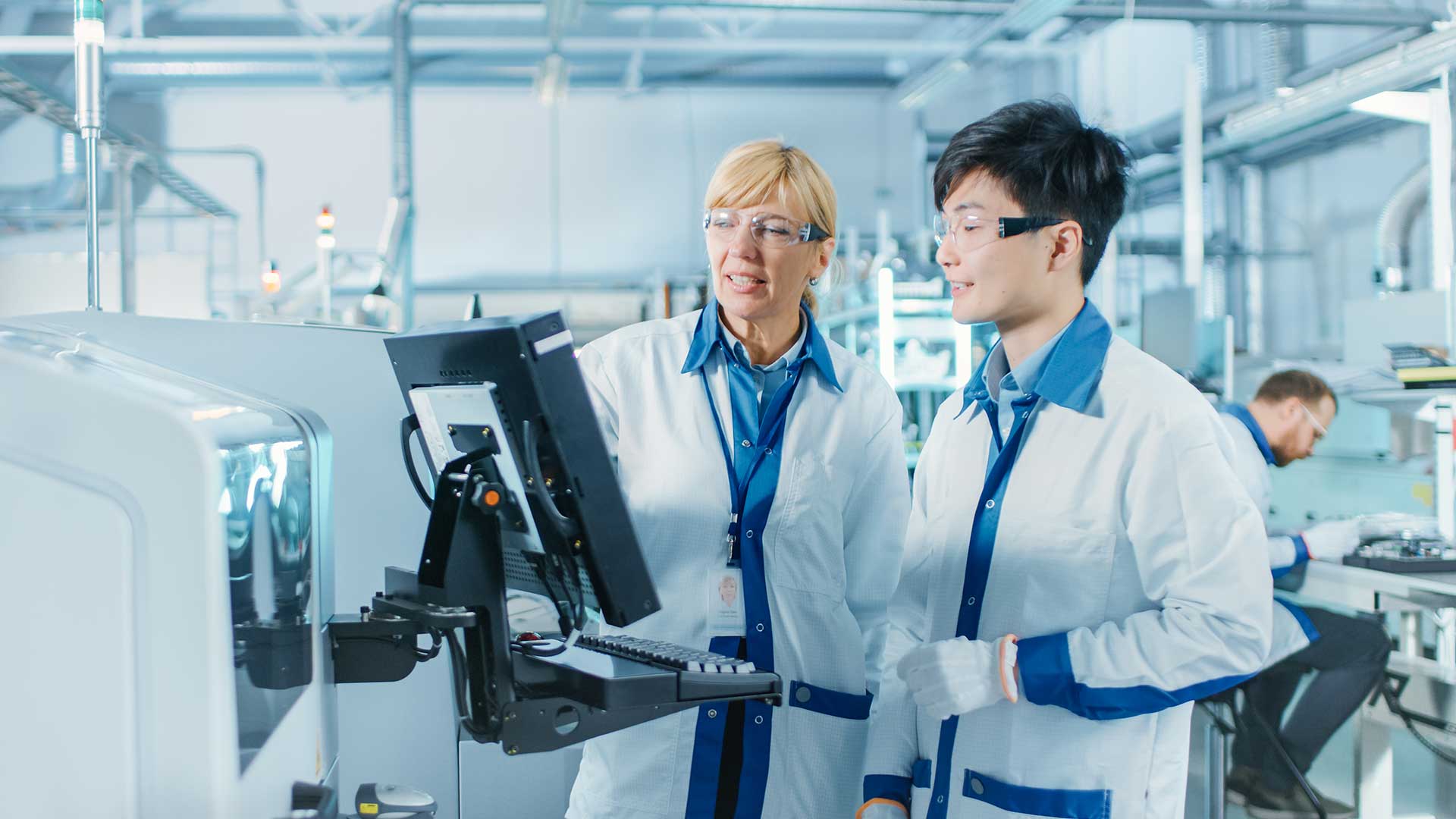
This latest investment means the factory is now one of the five largest ice cream and lolly production facilities in the world. I am equally delighted that – despite achieving a significant increase in production – changes we have made to the energy supply and treatment of effluent mean the site’s carbon footprint has actually reduced slightly to 0.26 tCO2e/tonne compared to 0.27 tCO2e/tonne previously. We continue to focus on sustainability and are currently investigating installing photovoltaic cells on the factory roof.
Bausch + Lomb are extremely satisfied with the performance of the CHP unit to date and have exceeded the initial project payback and uptime periods. This has resulted in greater than expected financial and environmental savings for the site.
As a market-leader in the supply, installation and maintenance of CHP and emergency back-up power systems, Edina has completed over 40 energy saving projects across industrial and manufacturing facilities.
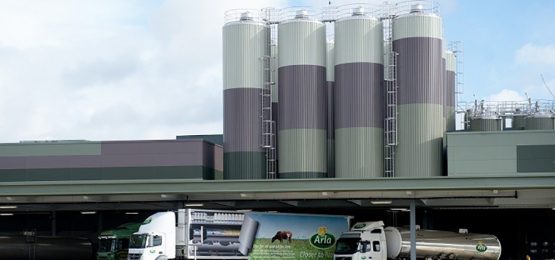
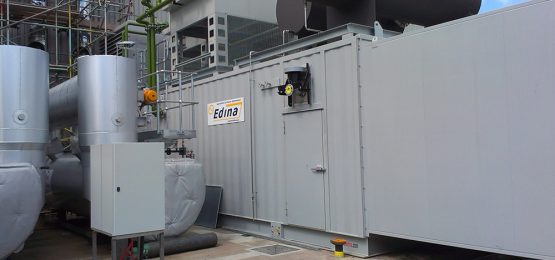
Edina saves Ice Cream Manufacturer a mouth-watering £440,000 a year while ensuring security of power.
Read R&R Ice Cream Case Study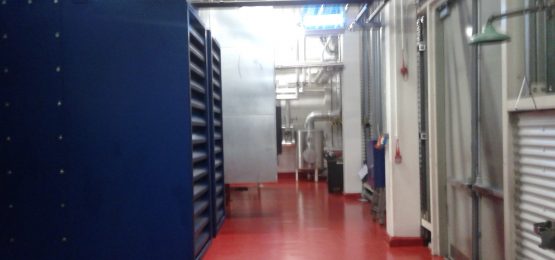
Edina delivers CHP at state-of-the-art concentrate production facility.
Read Ballina Beverages Case Study


Copyright © Edina. All Rights Reserved.